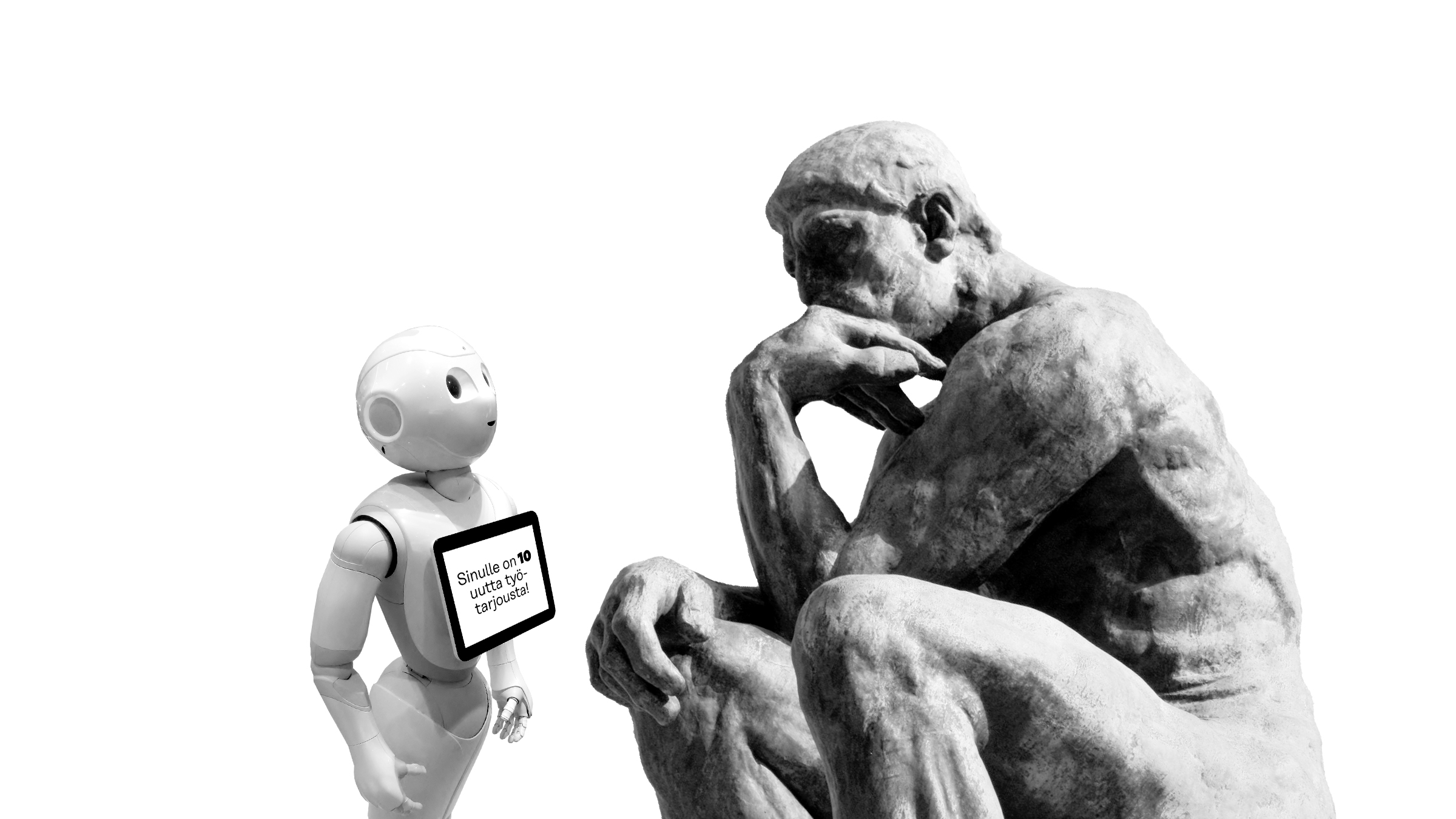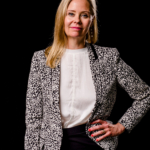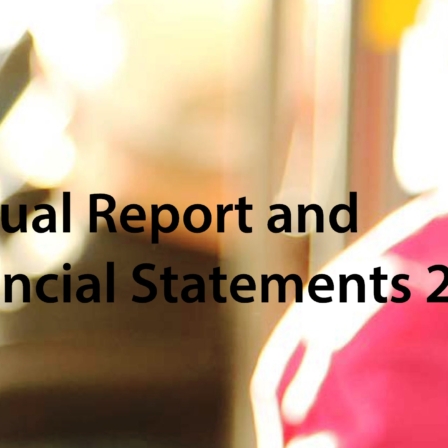‘The megatrends that connect with climate change, the economy, livelihoods and participation are strengthening and accelerating, and this will demand from Finnish society an extraordinary willingness and ability to change’, states Mikko Kosonen, President of Sitra, the Finnish Innovation Fund.
This new era demands the use of a diverse range of tools also by Sitra and its partners. In addition to outlining the direction of future developments, Sitra has, in fact, initiated, led or carried out many extensive development projects in the past few years in which work has been done to build the infrastructure of future society or to change operating models. In these future-oriented infrastructure projects, Sitra’s strength is in its ability to combine knowledge, vision and action.
‘Sitra is no longer only an researcher and funder. Instead, our role has become more and more that of social change agent and actor’, Kosonen says.
Persistent development brings results and builds towards sustainable well-being
Sitra’s long-term work in funding social and healthcare services reached its conclusion in 2017: The social and health care information packets developed under Sitra’s lead and tested out in seven municipalities are now the required reporting model for social and health care operators, and will enable the generation of comparable social and health care data and business intelligence – whatever the particular administrative structure in question.
Sitra’s massive €10 million investment in ecosystems for making use of well-being data is bringing results: Soon it will be possible in Finland to get all well-being data from a single source. This Digital Health HUB seeks to make it possible in Finland to provide a better quality of social welfare services and healthcare and generate important opportunities for business, research and new growth. The new authorisation-related components will soon be in place, and so this new agency, operating as part of the National Institute for Health and Welfare, will soon start its work.
2017 was also a breakthrough year for the circular economy. Sitras World Circular Economy Forum 2017 brought together in Helsinki over 1600 circular economy developers from 92 different countries and turned the eyes of decision-makers towards Finland. The circular economy road map was paired up with the action plan drawn up jointly by Sitra and the government ministries and then the implementation work began: by the end of the year there was already around 40 projects under way for driving forward the systemic change needed for the circular economy.
Project funding and purchase invoices to be made fully public in 2017
Sitra has always sought to operate openly and based on the principle of open publication of information. In 2017, Sitra decided to change its operations to comply with the Act on the Openness of Government Activities and the Administrative Procedure Act. The change will be significant as Sitras operating practices and systems have not been built with these government acts in mind. From the outside, this change can be seen in the continually increasing openness of Sitras activities. In January, Sitra made public the purchase invoices for 2015 and 2016, and now purchase invoices and project funding data for 2017 in their entirety.
Also, the Sitra webpages now provide access to Sitra’s annual reports and financial statements, purchase invoices, project funding, management board reviews, reports of the Finnish Parliament’s Commerce Committee on Sitra’s operations and impact assessments carried out by external parties (all in Finnish). This full range of resources deepens and clarifies the picture of Sitras activities provided by the annual report and financial statements.
A firm foundation for funding of future-oriented work
Sitra received its endowment capital (in 1967) from the Bank of Finland and the Finnish Parliament, which, as an institutional investor, it has invested in Finnish sources of economic growth and well-being, investment funds, businesses and other instruments. The state’s contributions over time to the endowment capital have totalled €84.1 million, and at the end of 2017 the market value of this endowment capital was €840 million. During the year of the review, the endowment capital yielded a return of 7.7 percent. This profit funded Sitra’s future-oriented work in its entirety.
Sitra’s budget varies annually between 30 and 40 million euros. In 2017, €35 million was spent on future-oriented work. The largest individual project entities were the Digital Health HUB (€3.4 million) and the circular economy (€2.5 million).
Download our Annual Report and Financial Statements for 2017 here.









Annual Reports and Financial Statements